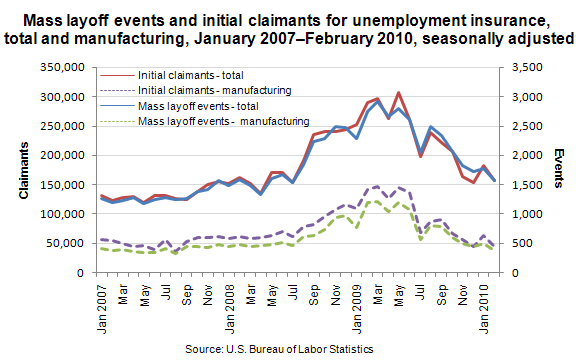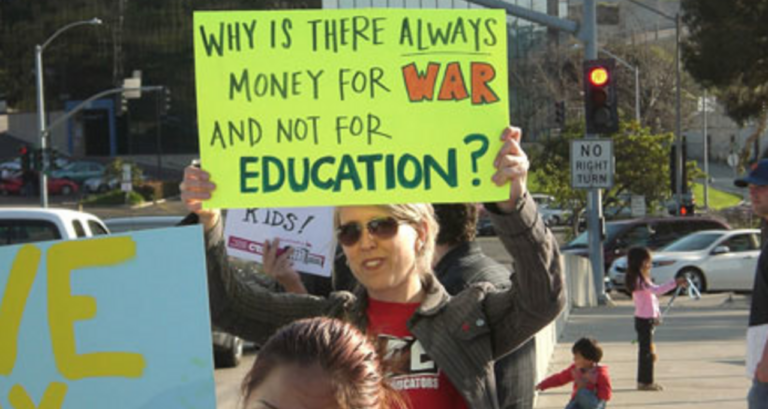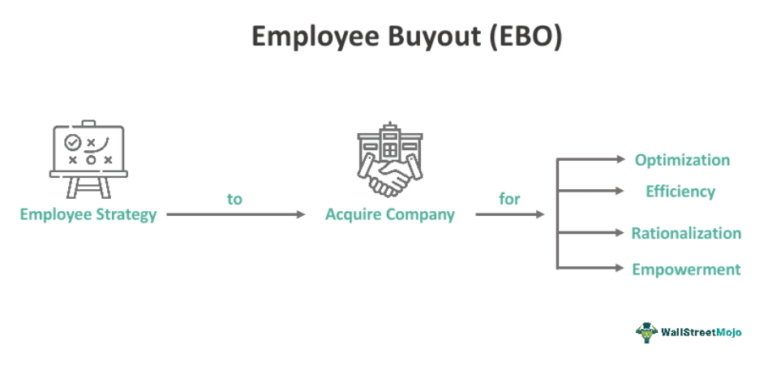
Audience
- Sentiment: Negative
- Political Group: Democrats
- Age Group: 35-54
- Gender: Both
Overview
- Mass layoffs at federal agencies, particularly the FAA, are part of the Trump administration’s budget-cutting efforts.
- Critics, including some Republican senators, argue that these layoffs could hinder governmental efficiency and public safety.
- The layoffs and restructuring may lead to a significant reduction in essential services, affecting public health and air travel safety.
Mass Layoffs at FAA and Other Federal Agencies Under the Trump Administration: What Does It Mean for Our Future?
When you hear about mass layoffs, it usually paints a picture of a tough economy or a company restructuring itself in a desperate attempt to save money. But what happens when these layoffs are happening in the government? That’s the reality we’ve been facing recently as the Trump administration has made headlines for its sweeping layoffs at various federal agencies, most notably the Federal Aviation Administration (FAA). This article will break down what’s going on, why these layoffs matter, and how they may affect you and your community.
The Layoff Landscape
The layoffs initiated by the Trump administration have affected a large number of employees across different federal agencies. The FAA, which is responsible for regulating and overseeing all aspects of civil aviation in the U.S., is one of the key agencies hit hard. Just recently, there was a tragic collision incident at the Ronald Reagan Washington National Airport, adding to the scrutiny that the FAA is facing regarding its efficiency and safety standards.
But the cuts don’t stop there. Approximately 5,200 employees who are still on probation at agencies such as the National Institutes of Health (NIH) and the Centers for Disease Control and Prevention (CDC) are also at risk of losing their jobs. These layoffs are part of a broader budget-cutting plan that aims to save over $98 million every year. On the surface, these cuts might seem like a necessary evil in the pursuit of fiscal responsibility. However, the implications could be far-reaching, affecting not just the employees who are being laid off, but also the services and protections that the government provides.
Why Are These Layoffs Happening?
So why is the Trump administration pursuing these layoffs? The main goal is to drastically reduce the size of the federal workforce—some estimates say by as much as 30-40%. The thinking behind this move is that a leaner government can operate more efficiently and save taxpayer dollars. However, critics argue that cutting such a large number of jobs may ultimately hinder government efficiency rather than improve it.
The Impact on Employees
For the employees involved, especially those who are probationary, the situation is particularly grim. Probationary employees usually have less job security, making them more vulnerable to layoffs. This means that many of these workers have few protections and can be let go for almost any reason.
Imagine working in a job where you haven’t yet fully proven yourself, and suddenly, through no fault of your own, you receive a pink slip. That’s the reality for many of the employees facing layoffs. It’s a stressful situation that not only affects them but also their families, communities, and the economy at large. Just think about the ripple effect: when a number of households suddenly lose income, it can affect local businesses, schools, and overall community health.
Criticism from Unexpected Places
Interestingly, the layoffs have not only drawn fire from opposition Democrats but have also raised eyebrows among some Republican senators. These senators argue that such measures could be detrimental to the government’s efficiency and the stability of civil service jobs. Ironically, you might imagine that budget cuts and layoffs might find allies in a party that often promotes limited government. However, even within Republican ranks, there are concerns about how cutting jobs may lead to a less effective government, especially in critical areas like public health and aviation safety.
The Bigger Picture: Restructuring the Federal Workforce
Now, here’s where it gets even more complicated. Along with the layoffs, the Trump administration has offered voluntary buyouts to more than 2 million federal workers. This means that some employees have the option to leave their jobs with a financial incentive. While this might sound like a sweet deal, it’s essential to understand that not all voluntary buyouts are created equal—some may leave experienced workers in critical roles, creating gaps in essential services.
Moreover, there are ongoing legal battles, with terminated employees contesting the legality of their firings. Lawsuits can be lengthy and painful, adding yet another layer of complexity and uncertainty to the situation. When folks lose their jobs, they can often feel powerless, but the judicial system might provide a glimmer of hope for some.
The Role of Billionaires and Big Business
It’s also worth noting that billionaires like Elon Musk have been known to champion radical changes in workforce structures and government initiatives. In many ways, we now find ourselves in a tug-of-war between corporate ambitions and public service. The Trump administration’s aggressive restructuring of the federal workforce is not just about cutting jobs—it’s about changing the very nature of how our government interacts with its citizens.
What’s alarming is that some initiatives that serve the public could be wiped out entirely, which can have long-term consequences. Basic services, protections for workers’ rights, and even healthcare could all be in jeopardy.
How This Affects You
You might be wondering, how does all of this affect me? Well, it does in several ways. First of all, the agencies that are cutting jobs are responsible for a lot of the services you rely on—whether that’s air travel safety, health research, or disease control. If there aren’t enough people working at these agencies, it could lead to inefficiencies, longer wait times, and, at worst, safety hazards.
Consider flying during the busiest travel season, like summer vacation. If FAA inspectors are less available, you might find that your flying experience isn’t as safe as it could be. Or think about a public health crisis—without adequate staff at the CDC, the response could be slow and ineffective, putting public health at risk.
Additionally, when layoffs happen, they also impact community morale. Families may find themselves in unstable financial situations, and children may notice their parents’ stress over job security. This can create a ripple effect that affects everything from school performance to mental health.
Conclusion
In a nutshell, the mass layoffs at the FAA and other federal agencies under the Trump administration are not just about cutting jobs; they represent a significant shift in how government operates and interacts with its citizens. As future leaders and engaged citizens, it’s vital for us to pay attention to these developments.
So, what do you think about the layoffs and the restructuring of government jobs? Do you believe these changes will help make the government more efficient, or do you think they will lead to more problems down the road? Share your thoughts in the comments!





